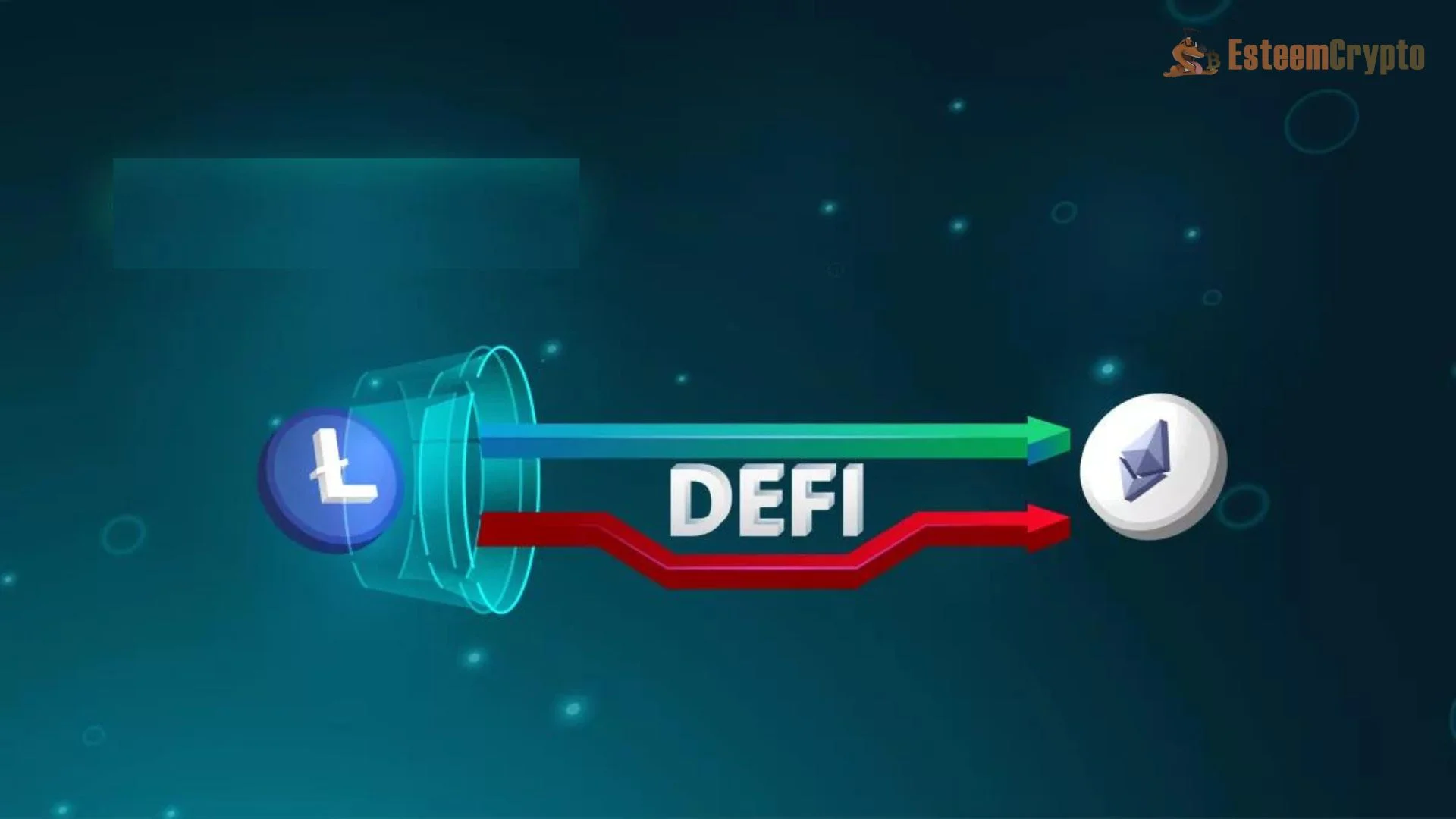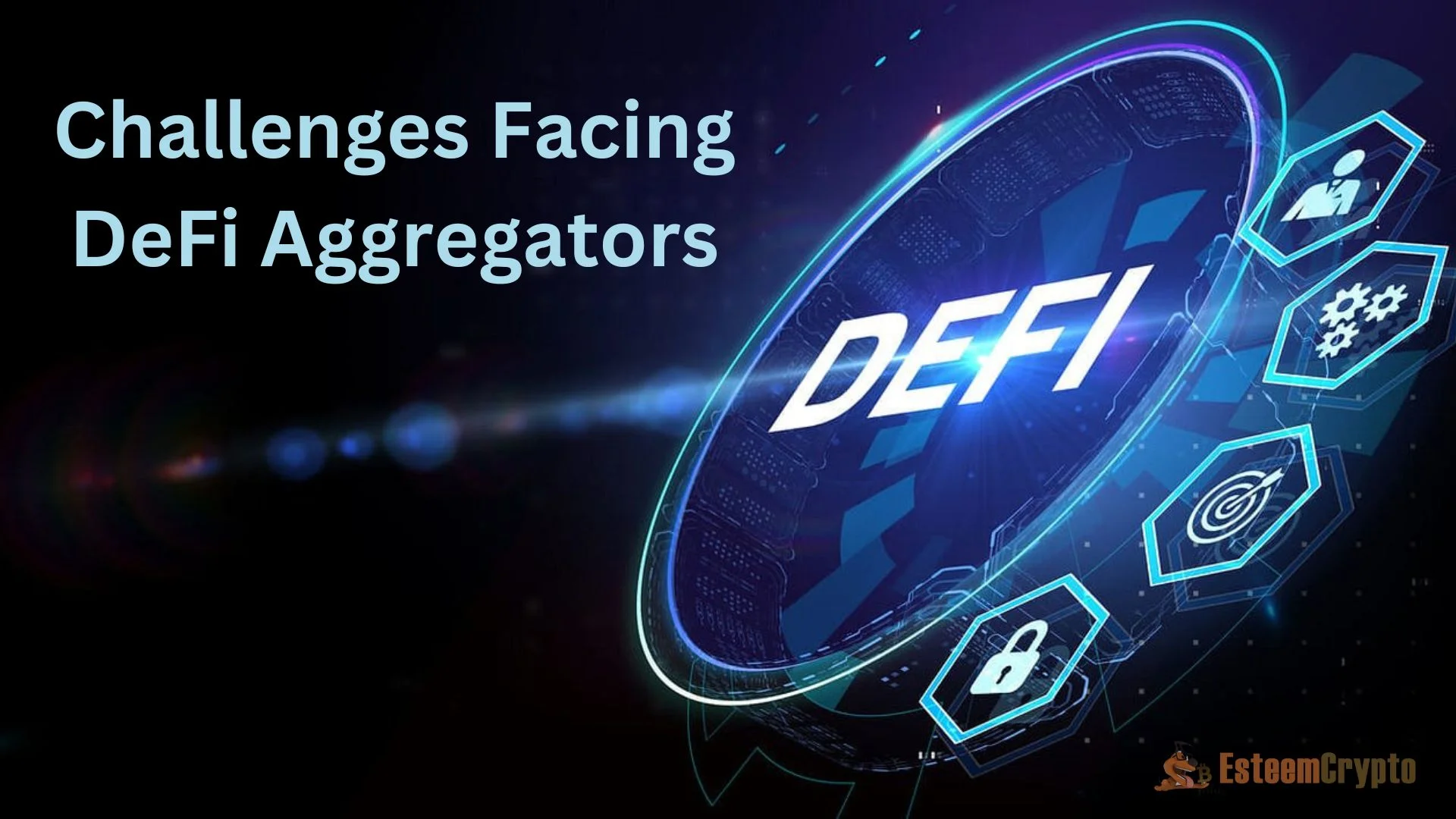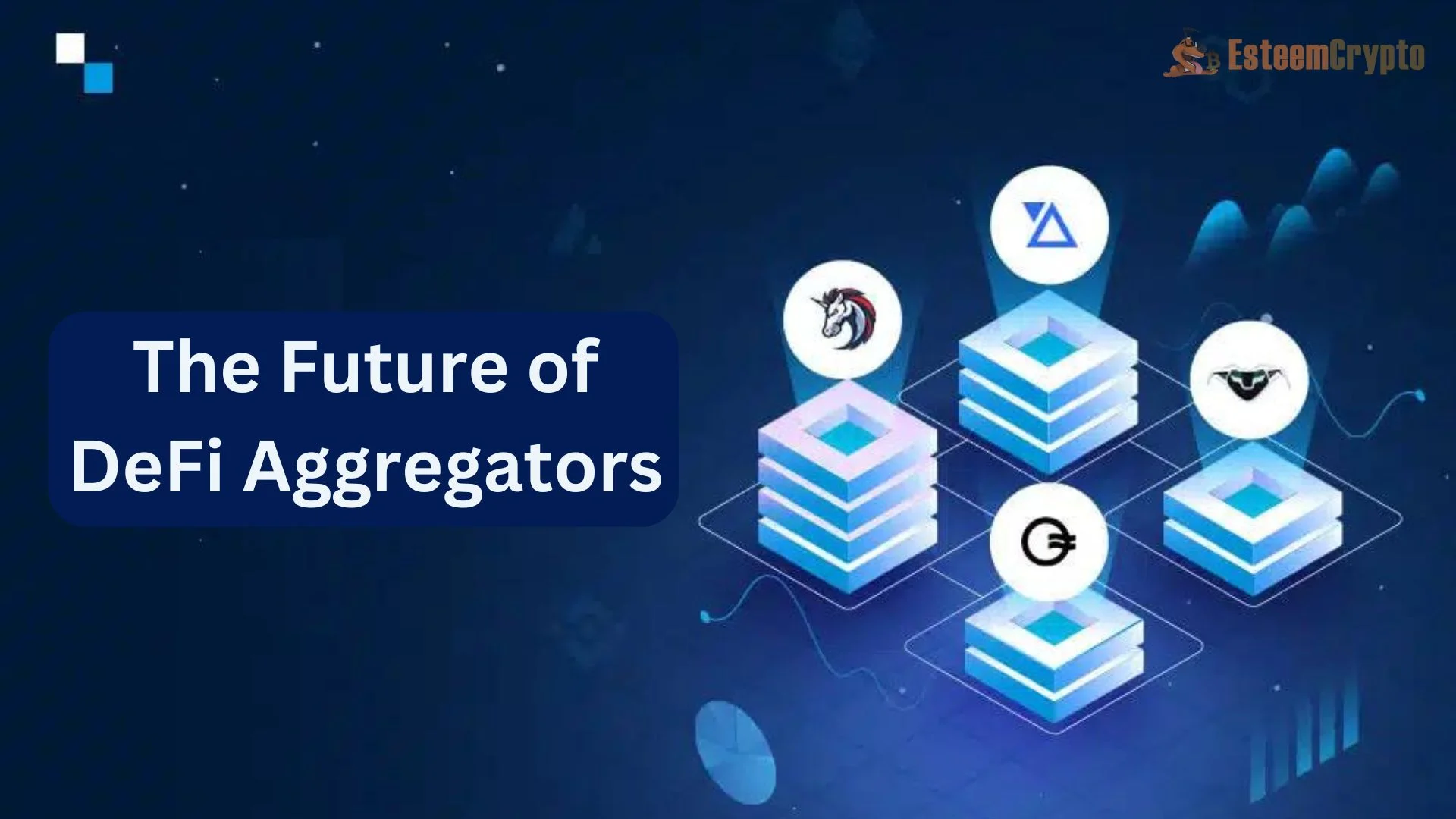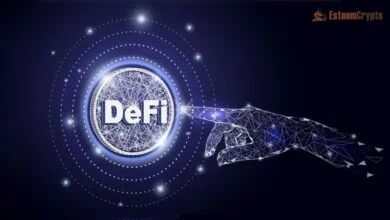The Role of DeFi Aggregators in Decentralized Finance

DeFi Aggregators: By providing permissionless, decentralized, and transparent alternatives to traditional financial services, decentralized finance (DeFi) has shaken up the industry. One of the many groundbreaking developments within this ecosystem is the rise of DeFi aggregators, which have become indispensable in the increasingly dispersed DeFi industry. This essay explores the current state, difficulties, and prospects of DeFi aggregators in the year 2024.
What Are DeFi Aggregators?
Loaning, borrowing, staking, and trading are just a few of the many DeFi products and services that users can access through aggregators, which are platforms or protocols that bring together different DeFi services into one interface. By connecting to different DeFi protocols and decentralized exchanges (DEXs), these platforms can pool liquidity, maximize yields, and simplify transactions.
A more accessible and user-friendly DeFi ecosystem is the main objective of DeFi aggregators. The DeFi ecosystem is complex and often fragmented. Users may maximize returns and minimize expenses by comparing and choosing the best rates for their transactions through a single interface. Due to its usefulness and ease of use, DeFi aggregators have become indispensable tools for users new and old to the protocol.
How DeFi Aggregators Work
To function, DeFi aggregators draw liquidity from a wide range of DEXs and protocols. In response to a user’s request, the aggregator searches for the best liquidity, lowest fees, and most advantageous prices across many platforms. The aggregator takes over from there, executing the user’s transaction and, for optimal performance, typically dividing orders among numerous platforms.
If a user wishes to exchange Ethereum (ETH) for USDC, a stablecoin, the aggregator will look into multiple DEXs, including Curve, Uniswap, and Sushiswap. After considering factors like gas fees, liquidity, and slippage, it will figure out the optimal way to receive the most USDC for the user’s ETH.
An extra feature that some complex DeFi aggregators provide is automated yield farming. This is when the aggregator takes the user’s cash and allocates it to various DeFi protocols to optimize profits. Users can save time and simplify the management of many DeFi positions with this automation.
Recent Developments in DeFi Aggregators (2023-2024)
The DeFi aggregator space has seen significant innovation and growth over the past year. Here are some of the latest trends and developments:
Enhanced Interoperability
The drive for improved interoperability between various blockchains is one of the most striking developments in DeFi aggregators. As multi-chain ecosystems such as Binance Smart Chain, Avalanche, and Polygon have grown in popularity, cross-chain aggregators have emerged, replacing the majority of Ethereum-only aggregators. By connecting customers to DeFi services on several blockchains, these platforms increase choice while decreasing transaction fees.
Improved User Interfaces and Experience
User experience (UX) is now a top priority for DeFi due to its growing popularity. To attract customers who aren’t technically savvy, several DeFi aggregators have improved their user interfaces. Improved visualization tools, streamlined transaction processes, and instructional materials to break down the intricate world of DeFi are all part of this.
Advanced Analytics and Reporting Tools
Strong tools for monitoring and analyzing investments are required by users due to the growing complexity of DeFi strategies. These days, customers of DeFi aggregators can get in-depth information about their portfolio performance, transaction history, and risks thanks to the addition of sophisticated analytics and reporting tools. Better decision-making and DeFi activity management are both facilitated by these techniques.
Integration of AI and Machine Learning
Enhancing their powers, DeFi aggregators are using artificial intelligence (AI) and machine learning (ML). Aggregators may now optimize yield tactics, anticipate market trends, and deliver users individualized suggestions thanks to these technologies. Aggregators powered by AI can automate complex decision-making processes by, for instance, analyzing a user’s risk tolerance and financial goals to recommend the best DeFi products.
Decentralization and Governance
It is becoming more common to decentralize the control of DeFi aggregators, which is in keeping with the essence of DeFi. Decentralized autonomous organizations (DAOs) are popping up all over the place, giving users a say in protocol updates and pricing structures, among other decision-making procedures. The continued alignment of aggregators with user interests is guaranteed by this move towards community governance.
Challenges Facing DeFi Aggregators
Despite their many benefits, DeFi aggregators face several challenges that could impact their growth and adoption:
Security Risks
Security concerns are still high in the DeFi industry. Cybercriminals target aggregators because they handle large amounts of user payments and are exposed to many protocols. Users and developers are always on the lookout for new threats, including phishing attempts, vulnerabilities in liquidity pools, and smart contract vulnerabilities.
Regulatory Uncertainty
The increasing popularity of DeFi has piqued the interest of authorities throughout the globe. Especially in areas with strict financial rules, the absence of well-defined regulatory frameworks is a barrier for DeFi aggregators. This murky terrain, together with the need to comply with various local regulations, can cause aggregates to incur higher operational expenses and see lower user uptake in some regions.
Fragmentation and Competition
Market fragmentation caused by the fast expansion of DeFi protocols has made it difficult for aggregators to interface with every platform. The emergence of specialty aggregators that focus on stablecoins or yield farming, for example, has also increased competition. To maintain relevance in a market that is getting increasingly congested, aggregates must constantly innovate and broaden their offers.
Gas Fees and Transaction Costs
High gas fees on some blockchains, like Ethereum, can still be a hurdle for users, even though DeFi aggregators strive to lower transaction costs. Layer 2 solutions and cross-chain aggregators help a bit, but small-scale investors may still find DeFi services too expensive.
The Future of DeFi Aggregators
Looking ahead, DeFi aggregators are poised to play an even more central role in the DeFi ecosystem. Here are some potential future developments:
Increased Adoption of Cross-Chain Aggregation
Better cross-chain aggregators that link different blockchains together to offer DeFi services will likely appear as the multi-chain ecosystem grows. The result is an enhanced user experience and significantly easier access to yield optimization and liquidity availability.
Greater Focus on Security and Risk Management
Security and risk management are already important, but they’ll be even more so as DeFi techniques get more complicated. Aggregators for decentralized financial assets (DeFi) will most likely leverage insurance protocols, enhanced auditing systems, and risk assessment tools driven by artificial intelligence (AI) to safeguard user funds.
Integration with Traditional Finance
DeFi aggregators may integrate traditional financial institutions as the boundaries between DeFi and traditional finance (TradFi) keep blurring. This has the potential to open up a plethora of new financial instruments to consumers on DeFi systems, including tokenized stocks and bonds. Mainstream investors and regulators would see this integration as further proof that DeFi is legit.
Expansion of Governance and Community Involvement
As more DeFi aggregators embrace DAO-based governance models, we should expect to see decentralization as a trend persist. Users will feel more connected to one another and their interests will be better served when they can influence the future of the platforms they use.
Continued Innovation in Yield Optimization
With the increasing complexity of yield farming tactics, DeFi aggregators are poised to revolutionize yield optimization. This may involve incorporating sophisticated financial tools like options and derivatives into the system or creating new automated techniques that adapt in real time to changes in the market.
Conclusion
Within the ever-changing DeFi ecosystem, aggregators have emerged as crucial instruments. These systems are facilitating the widespread usage of DeFi by making it easier to access decentralized financial services, increasing returns, and bettering the user experience. Security concerns, unclear regulations, and a fragmented industry are still big obstacles. To be relevant and keep offering value to users, DeFi aggregators will need to innovate and adapt as the DeFi ecosystem evolves further. It appears that DeFi aggregators have a promising future ahead of them, full of possibilities for expansion and influence in the decentralized finance industry.




